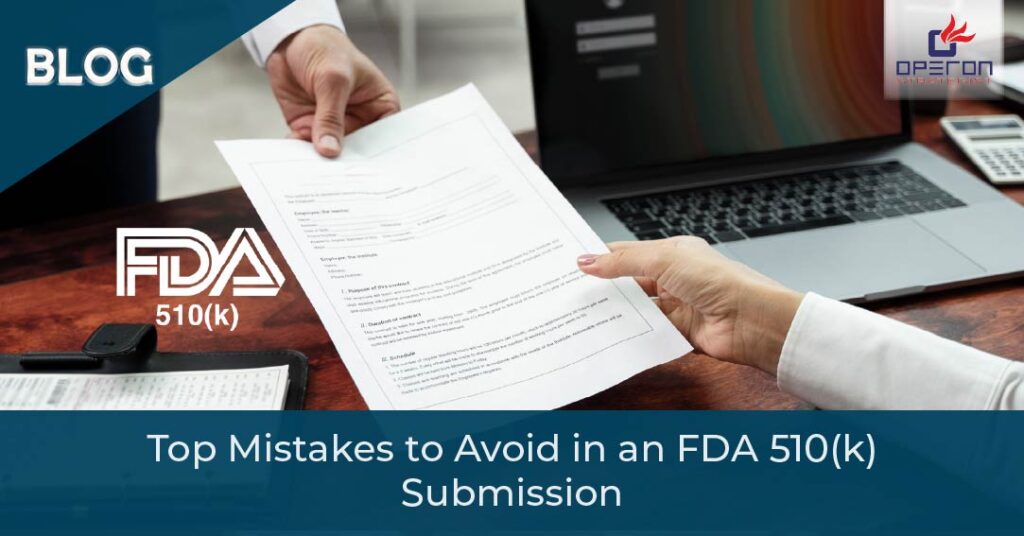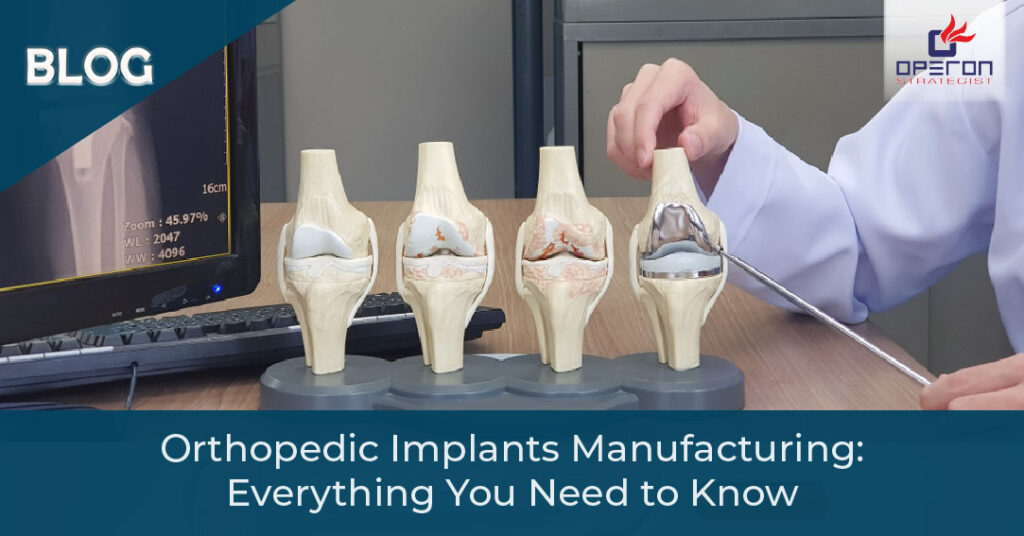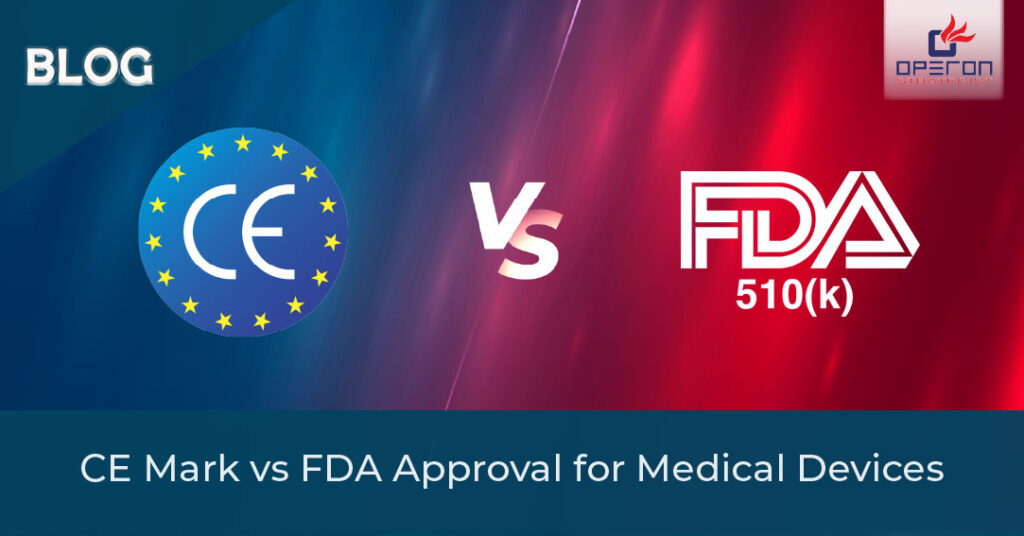
Bringing a medical device to the US market is exciting, but it also comes with regulatory hurdles. One of the most common pathways is the FDA 510(k) submission, which shows that your device is substantially equivalent to a legally marketed device (predicate). While the process may look straightforward on paper, many companies—especially startups—run into avoidable roadblocks that delay clearance or lead to rejection.
If you are preparing your 510(k), knowing what not to do can save time, money, and stress. Below, we break down the top mistakes to avoid and how to set up your submission for success.
Mistake 1: Choosing the Wrong Predicate Device
Your FDA 510(k) submission hinges on proving that your device is substantially equivalent to a predicate. Many companies pick the first predicate that looks similar, without considering its intended use, indications, or technology.
Why this is a problem:
- FDA reviewers may reject the comparison if the predicate is outdated or not truly equivalent.
- You risk extra rounds of questions or even having to restart the process with a new predicate.
How to avoid it:
Conduct a thorough search of the FDA database, assess multiple options, and evaluate both clinical and technological similarities. Expert guidance at this stage can prevent costly missteps.
Read this blog: FDA De Novo vs. US FDA 510(k)
Mistake 2: Incomplete or Poorly Organized Documentation
The FDA expects a structured 510(k) with all sections complete, from device description and risk analysis to testing reports. Missing or poorly organized documents often lead to Additional Information (AI) requests, which pause the review clock.
Why this is a problem:
- Each AI request can add weeks or months to your clearance timeline.
- Disorganized submissions reflect poorly on your company’s quality systems.
How to avoid it:
Follow the FDA’s Refuse-to-Accept (RTA) checklist. Create a clear table of contents and ensure all test results, labeling, and design information are included. Consider a third-party review before submission to catch gaps.
Mistake 3: Ignoring FDA Guidance Documents
The FDA regularly issues guidance documents that outline expectations for testing, labeling, software validation, and more. Many companies treat these as optional, but in reality, reviewers rely heavily on them.
Why this is a problem:
- Your submission may miss critical data that FDA expects.
- Reviewers may push back, asking you to perform additional tests.
How to avoid it:
Stay updated with the latest FDA guidance related to your device type. Align your testing protocols and documentation with those recommendations from the start.
Mistake 4: Underestimating Biocompatibility and Bench Testing Requirements
Even if your device seems low-risk, the FDA often requires solid data on safety and performance. Skipping or cutting corners on testing is one of the fastest ways to get your submission delayed.
Why this is a problem:
- The FDA may not accept your performance claims without proper data.
- Re-doing tests mid-process adds major delays and costs.
How to avoid it:
Plan your testing strategy early. Work with ISO-accredited labs, and ensure all reports are complete and aligned with FDA standards.
Mistake 5: Mislabeling or Inconsistent Labeling
Labeling is not just about marketing—it’s a regulatory requirement. The FDA reviews your instructions for use, indications, and warnings carefully. Even small inconsistencies between your submission and the actual labeling can raise red flags.
Why this is a problem:
- Mislabeled devices may be considered misbranded.
- It can lead to enforcement action post-clearance if not addressed.
How to avoid it:
Double-check that labeling matches your submission language exactly. Ensure intended use, warnings, and technical details are consistent across all documents.
Mistake 6: Failing to Plan for the FDA Review Timeline
Many startups assume they’ll get clearance in 90 days, since that’s the official FDA review period. In reality, the clock stops when the FDA issues an AI request, and delays are common.
Why this is a problem:
- Mismanaging timelines can derail product launch plans and investor confidence.
- Unexpected delays increase costs.
How to avoid it:
Plan for at least 6 to 9 months for the 510(k) clearance process. Build buffers into your product launch strategy.
Mistake 7: Not Seeking Professional Guidance
The FDA 510(k) submission is technical and nuanced. Many companies try to handle it entirely in-house, only to find themselves overwhelmed or facing rejection.
Why this is a problem:
- Delays can lead to missed market opportunities.
- A rejection can damage credibility with investors and partners.
How to avoid it:
Work with experienced regulatory consultants who understand both the FDA process and your device category. Guidance at the planning stage often saves time and money compared to fixing mistakes later.
Turning Mistakes Into Opportunities
Submitting a 510(k) to the FDA is not just about paperwork—it’s about demonstrating your device’s safety and effectiveness. Each mistake above represents a chance to streamline your process, strengthen your documentation, and get to market faster.
If your company is preparing a 510(k), don’t leave clearance to chance. With the right strategy and expert support, you can avoid costly delays and position your device for success in the US market.
Planning your first FDA 510(k) submission?
Need Help With Your FDA 510(k) Submission?
At Operon Strategist, we’ve supported medical device startups, manufacturers, and global companies through successful 510(k) clearances. Our team helps with:
- Predicate device selection
- Technical file preparation
- Biocompatibility and performance testing guidance
- Labeling and documentation review
- Submission strategy and communication with the FDA
Whether you’re launching your first device or scaling to new markets, our experts can simplify the process and get you closer to clearance.
👉 Contact us today to discuss your FDA 510(k) submission strategy and accelerate your pathway to US market entry.


